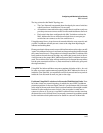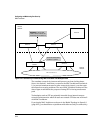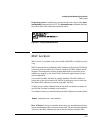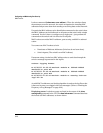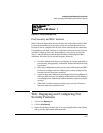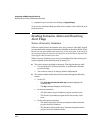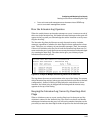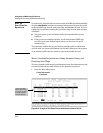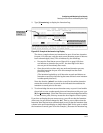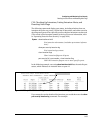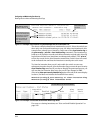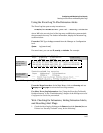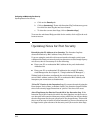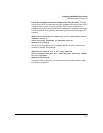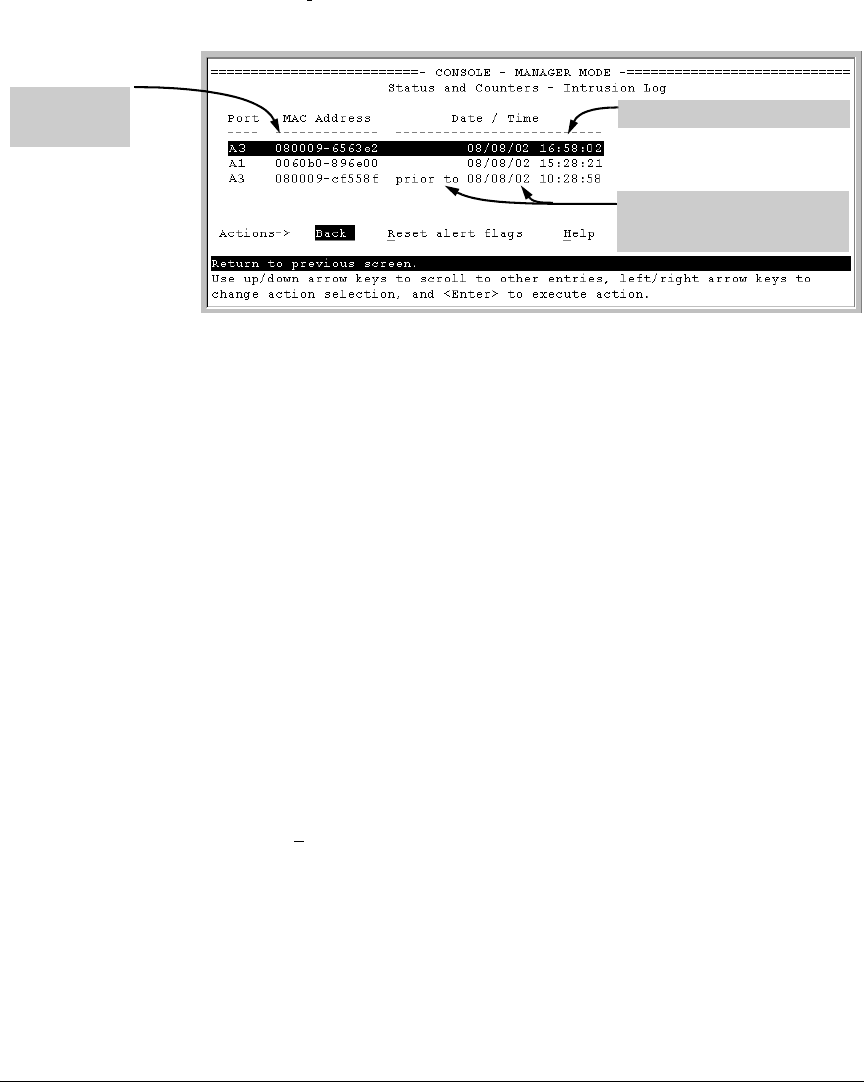
Configuring and Monitoring Port Security
Reading Intrusion Alerts and Resetting Alert Flags
2. Type [I] (Intrusion log) to display the Intrusion Log.
MAC Address of
Intruding Device
on Port A3
System Time of Intrusion on Port A3
Indicates this intrusion on port A3
occurred prior to a reset (reboot) at
the indicated time and date.
Figure 9-15. Example of the Intrusion Log Display
The above example shows two intrusions for port A3 and one intrusion
for port A1. In this case, only the most recent intrusion at port A3 has not
been acknowledged (reset). This is indicated by the following:
• Because the Port Status screen (figure 9-14 on page 9-30) does
not indicate an intrusion for port A1, the alert flag for the intru-
sion on port A1 has already been reset.
• Since the switch can show only one uncleared intrusion per port,
the older intrusion for port A3 in this example has also been
previously reset.
(The intrusion log holds up to 20 intrusion records and deletes an
intrusion record only when the log becomes full and a new intrusion
is subsequently detected.)
Note also that the “prior to” text in the record for the earliest intrusion
means that a switch reset occurred at the indicated time and that the
intrusion occurred prior to the reset.
3. To acknowledge the most recent intrusion entry on port A3 and enable
the switch to enter a subsequently detected intrusion on this port, type
[R] (for Reset alert flags). (Note that if there are unacknowledged intrusions
on two or more ports, this step resets the alert flags for all such ports.)
If you then re-display the port status screen, you will see that the Intrusion
Alert entry for port A3 has changed to “
No”. That is, your evidence that the
Intrusion Alert flag has been acknowledged (reset) is that the Intrusion Alert
column in the port status display no longer shows “
Yes” for the port on which
the intrusion occurred (port A3 in this example). (Because the Intrusion Log
9-31



